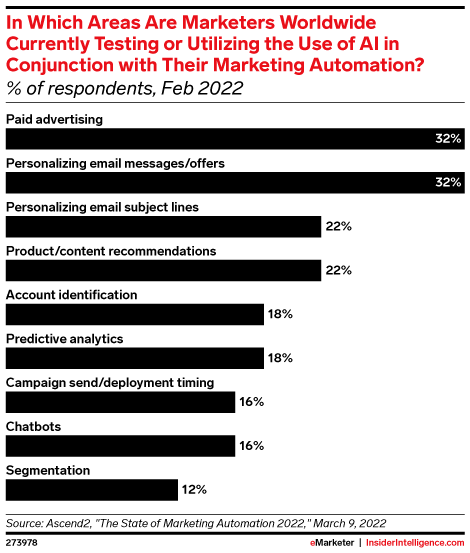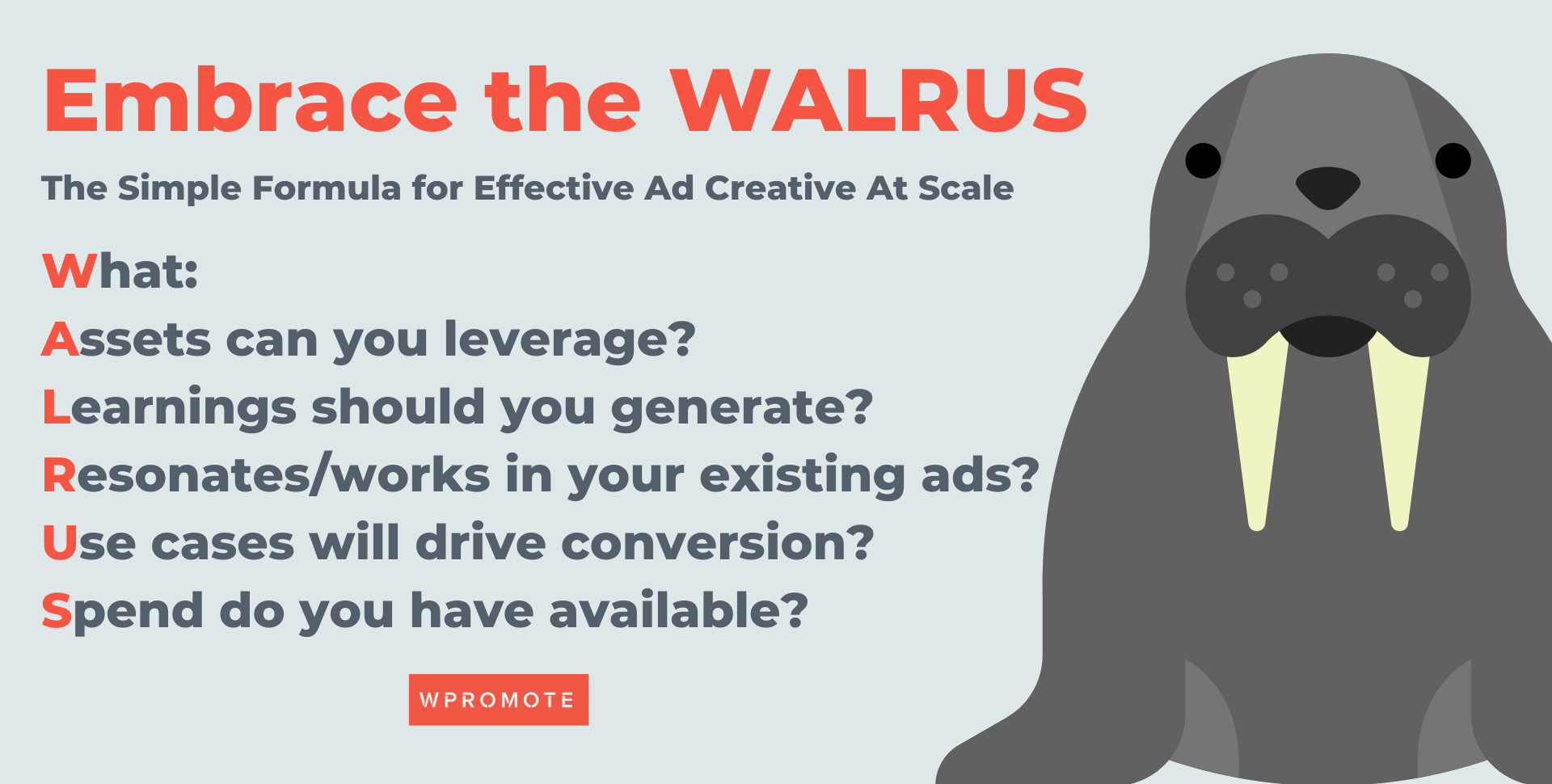As Jane Austen once said, it is a truth universally acknowledged that a marketer in possession of 2024 business goals must be facing a hundred unexpected industry developments.
Okay, maybe we’re paraphrasing–but we know that disruption is a constant in today’s marketing industry, where new developments like AI and data privacy restrictions are constantly battering marketers.
As you finalize your 2024 plans, our experts want to make sure your brand’s ready for what comes next by reinvigorating your strategy by prioritizing three marketing essentials that will drive sustainable (and profitable) business growth in the future: advanced measurement, automation, and creative optimization.
Essential One: Build a full-funnel measurement framework focused on marketing impact
Any marketer worth their salt knows that the customer journey isn’t a linear path. Consumers rarely discover new companies solely through a Google brand click; instead, a diverse set of touchpoints across the full funnel shape your audience’s journey before they finally make a purchase.
That’s why last-click attribution can never give brands the full picture of how their marketing works. Because this model only considers click-based media, we can only see the final touchpoints a user engages with before completing a desired action, like making a purchase or becoming a lead. Other touchpoints that may have influenced the user along the way, like TV ads or influencer posts, aren’t taken into account.
If that wasn’t bad enough, recent changes to data privacy regulations have made many kinds of last-click attribution less reliable. Decreased user tracking has made last-click prone to underreporting, and even multi-touch attribution has lost some of its accuracy thanks to tracking limitations.
To get a clearer picture of the customer journey, your brand needs advanced measurement methods beyond the limited last-click attribution model. By embracing a comprehensive approach that acknowledges the significance of the entire consumer journey, including top-of-funnel audience priming, advertisers can make better-informed decisions, optimize budgets, and, ultimately, achieve better results.

To get started, you need to incorporate brand measurement and tie it to conversion performance. You can structure a matched market test to understand the incremental lift in brand health metrics (i.e. awareness, consideration, favorability) driven by brand media and then tie that to the subsequent incremental observed conversion volume lift in the test cells.
There are two primary tools at your disposal to do this: incrementality testing and media mix modeling (MMM). MMM is a holistic measurement approach that can determine cross-channel lift driven across all marketing efforts, which you can use to inform both media mix optimization and budget forecasting.
An ideal MMM, like Wpromote’s Growth Planner, includes brand metrics (aided awareness, for example) as inputs into the model structure so you can quantify the impact of brand performance on subsequent conversion volume.
Essential Two: Start leaning into AI and automation to stay ahead of the curve
You’re probably already using automation and AI to support your campaigns. From making smart bids to finding the most effective ad placement to choosing the right ad type, paid advertising is the top area where marketers are using AI, according to eMarketer.

Source: eMarketer
That’s for good reason; AI-powered campaigns like Google’s Performance Max and Meta’s Advantage+ give advertisers the opportunity to test more versions of ads than any human could.
If you haven’t already leaned into AI in your marketing strategy, it’s time to give some serious thought to how you can leverage it in 2024. While the idea of implementing all-new tech like this can be a little frightening, you need to jump in now to take on competitors already trying these tools.
You can choose different kinds of AI to test depending on your business goals, but a few good places to start include incorporating campaigns like PMax and Advantage+ into your media plan; using generative programs like ChatGPT or Midjourney to help your team brainstorm; or setting up simple task automation for common processes, like chatbots or email automation.
Once you’ve found some AI tools that work for your brand, you can take the time your team was spending on manual tasks and re-invest it into a growth strategy.
No matter how you use AI, remember to make a plan for consistent human oversight. AI tools can make mistakes, so it’s essential to have a human being keeping an eye on any outputs to avoid potential problems. Plus, since AI is so new on the scene, it’s largely under-regulated, and new laws could come on the scene at any time.
Essential Three: Put a proper creative strategy in place to unlock performance gains
With US adults spending over 13 hours daily immersed in media and almost endless options to consume content, breaking through the noise is harder than ever. For your brand to stand out, you need to deliver powerful creative experiences that resonate with your audience.
To achieve optimal media performance, you need a diverse mix of creative iterations based on performance, including different themes and ad formats. That’s especially true in the age of data deprecation as audience targeting capabilities go away; now, creative acts as the new targeting against broad audiences.
Since each platform has specific requirements (as demonstrated by the success of creator content over branded assets on platforms like TikTok) your strategy should include tailored creative approaches for different media environments.
You need to start by conducting an audit of your current creative strategy. Are your assets and messaging reaching your target audience? Could you be doing something different? What can you learn from your existing campaigns? Consider new themes and angles, then take a look at your creative volume.

AI-powered campaigns require a lot more creative to succeed than performance marketers might be used to. If you don’t have enough creative to support your investment level, your audience could develop creative fatigue and your performance could dip.
If you need more, there are options to help you scale efficiently: you can try out AI solutions to generate more assets quickly and test different options against each other or collaborate with creators to generate more content (and more diverse assets).
Unsure of what’s coming next in the world of media? Check out our full forecast on the 10 Predictions About the Future of Media & Marketing.







Responses